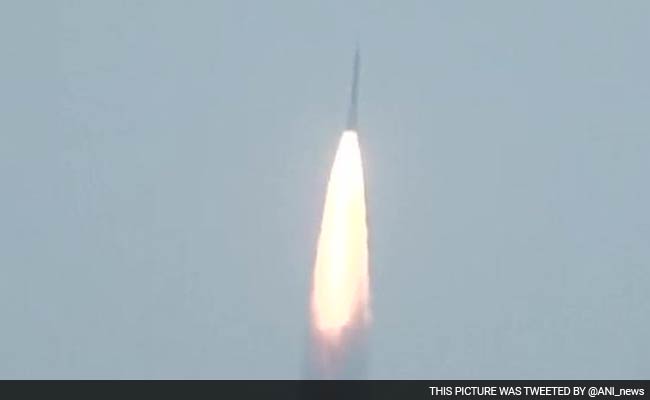
ASTROSAT, India's first space research observatory, was successfully launched into orbit by the Polar Satellite Launch Vehicle today. With this, India has joined a select club of nations having their own space observatories.
Here are the top 10 things to know about the launch:
The Polar Satellite Launch Vehicle (PSLV) C-30 carrying ASTROSAT and six other satellites lifted off from Sriharikota in Andhra Pradesh at 10 am today. It successfully placed them into orbit 25 minutes later.
ASTROSAT was placed almost 650 kilometres above the surface of the Earth. It is expected to have a mission life of five years.
It is India's first dedicated multi-wavelength space observatory and will help scientists intensify space exploration efforts by studying distant celestial objects and conduct deeper analyses of star systems.
The satellite weighs over 1500 kgs and has been assembled at the Indian Space Research Organisation or ISRO's Satellite Centre in Bengaluru. It took the agency Rs 178 crore and 10 years to make it. The idea was conceived more than 20 years ago. The six other satellites (four from the US and one each from Indonesia and Canada) together weighed 118 kg.
According to ISRO, ASTROSAT will observe the universe in optical, ultraviolet low and high energy X-ray regions of the electromagnetic spectrum, while most other satellites are capable of observing a narrow range of wavelength band.
The scientific objectives of ASTROSAT mission are to understand high energy processes in binary star systems containing neutron stars and black holes, to estimate magnetic fields of neutron stars and to study star birth regions and high energy processes in star systems lying beyond our galaxy. The mission is also aimed at detecting new briefly bright X-ray sources in the sky and performing a limited deep field survey of the universe in the ultraviolet region.
So far, only US, Japan, Russia and Europe have own observatories in space.
This is the first time that an Indian rocket launched satellites from the US. The launch came hours before a scheduled meeting between Prime Minister Narendra Modi and US President Barack Obama in New York.
ASTROSAT is seen as a smaller version of NASA's Hubble Space Telescope that was launched in 1990. It will be able to detect objects in multiple wavelengths such as X-rays, but with far lower precision than Hubble, scientists have said.
The launch was witnessed by Union Minister of State for Science and Technology Y S Choudhry, who later congratulated ISRO scientists and said the space programme was "exactly going as per our Prime Minister's vision and plan." "Relationships our country is now harnessing and nourishing is the reason ISRO was able to launch American satellites from here" he said.

